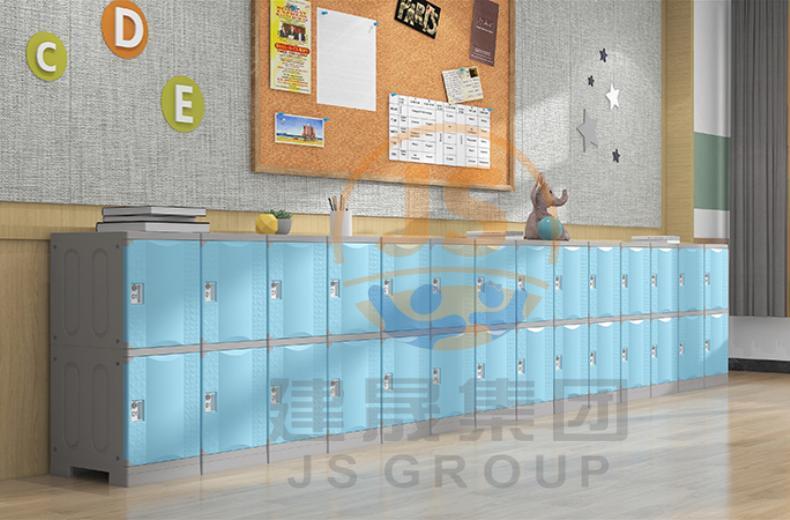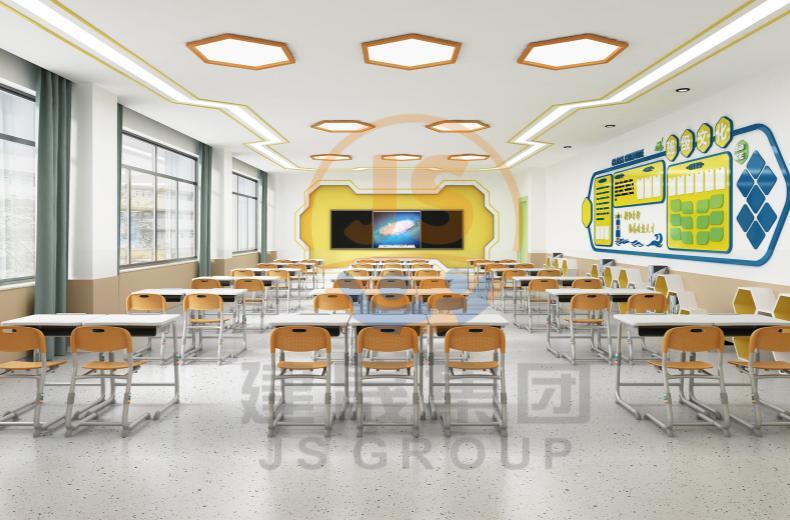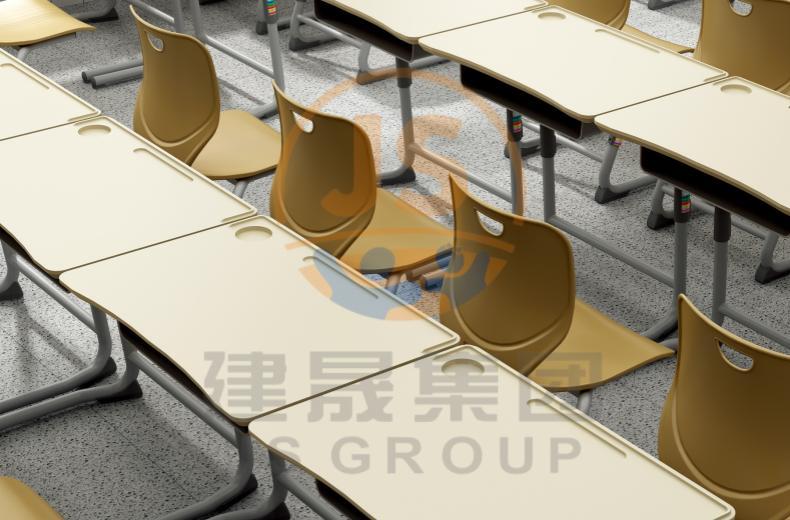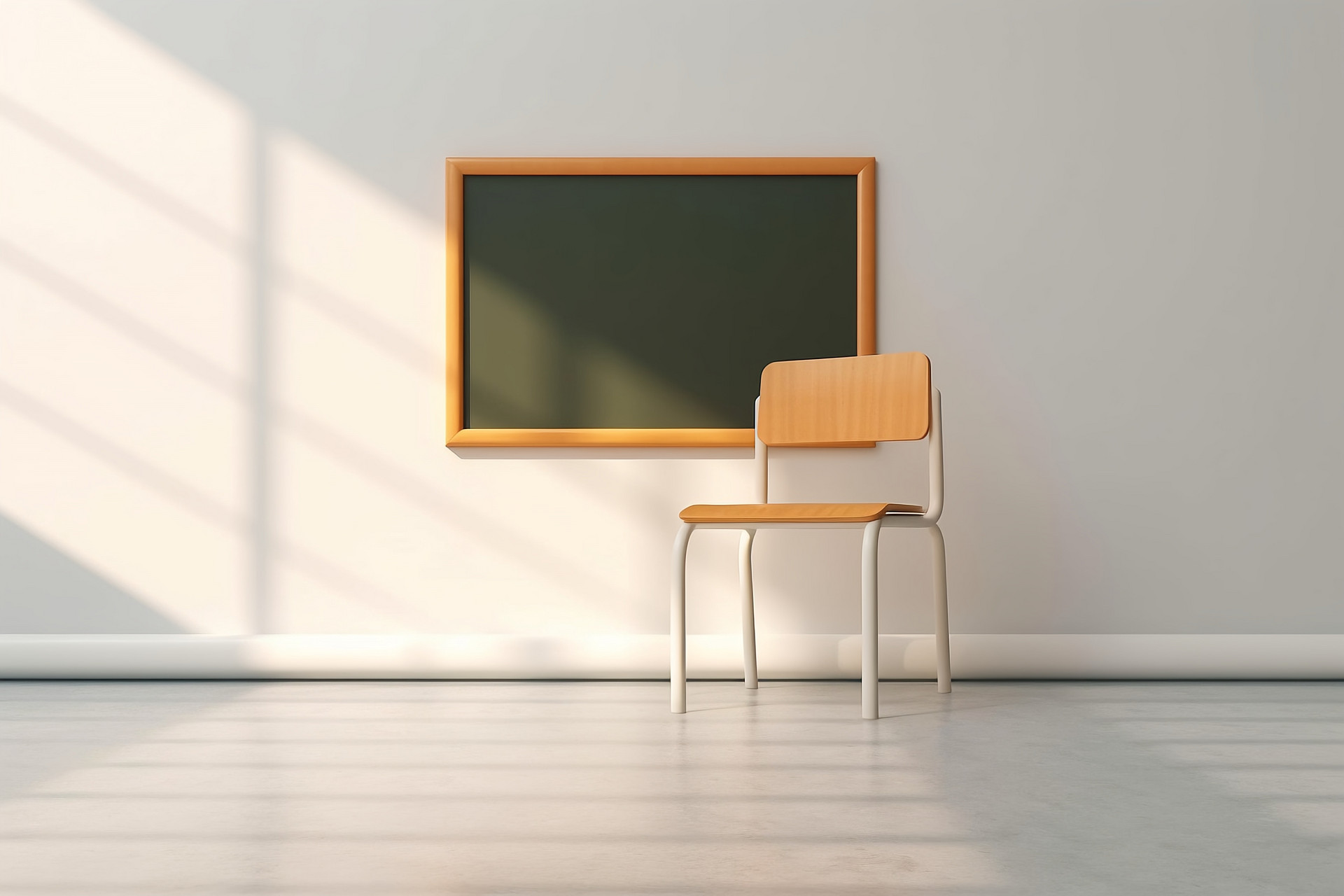Changes in education policy and school furniture
Education policy plays a crucial role in shaping students' learning environments and experiences. There have been significant changes in global education policy in recent years, and these changes have also influenced the design and use of school furniture. This paper aims to explore the evolving relationship between educational policy and school furniture.

A major change in education policy is the shift to student-centered learning. Traditional classrooms with rows of fixed desks and chairs are being replaced by flexible, adaptable furniture arrangements. This change is due to the recognition that students learn best when they have initiative and control over their learning environment. Flexible furniture, such as removable tables and chairs, allows students to easily reconfigure the classroom layout to meet their needs. This fosters collaboration, creativity and active participation among students. Educational policies that prioritize student-centered learning have led to the adoption of multifunctional furniture designs that support this approach.
Another major change in education policy is the integration of technology in the classroom. Many countries have recognized the importance of digital literacy and implemented policies to equip students with the skills needed for the digital age. This shift to high-tech classrooms has influenced the design of school furniture. Tables and chairs now have built-in charging ports, cable management systems, and lockers for laptops and tablets. In addition, the furniture layout is designed to accommodate the use of technology, taking into account power outlets and connections. These changes in education policy have led to the development of furniture that seamlessly integrates technology and facilitates the use of digital tools in the learning process.

Inclusive education policies have also had an impact on the design of school furniture. There is a growing emphasis on creating inclusive learning environments that meet the diverse needs of students. As a result, furniture manufacturers now offer adjustable and ergonomic furniture options. For example, height-adjustable tables and chairs allow students of different sizes and abilities to find a comfortable and supportive seating arrangement. This promotes inclusion and ensures that all students can participate fully in the learning process. An educational policy that prioritizes inclusiveness has driven the development of furniture design to accommodate the diverse needs of students.
In addition, sustainable development has become a priority in education policy. The school is increasingly aware of the importance of environmental protection and is implementing policies to promote sustainable development. This has influenced the choice of materials and manufacturing processes for school furniture. Sustainable materials, such as recycled plastics and responsible wood, are preferred. Manufacturers are also adopting environmentally friendly production practices and waste management strategies. An educational policy that prioritizes sustainability has led to the development of furniture choices consistent with these principles, enabling schools to create environmentally conscious learning environments.

In conclusion, educational policy has a significant impact on the design and use of school furniture. Policies that promote student-centered learning, technology integration, inclusion, and sustainability have driven changes in furniture design to align with these priorities. As educational policies continue to evolve, school furniture must adapt and support the changing needs of students and educators. By combining educational policy with innovative furniture design, schools can create dynamic and effective learning environments that increase student engagement and success.

